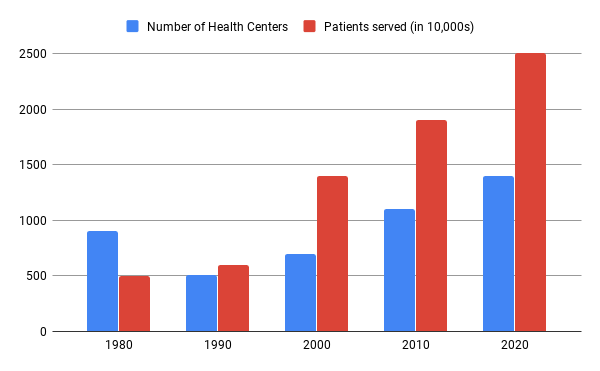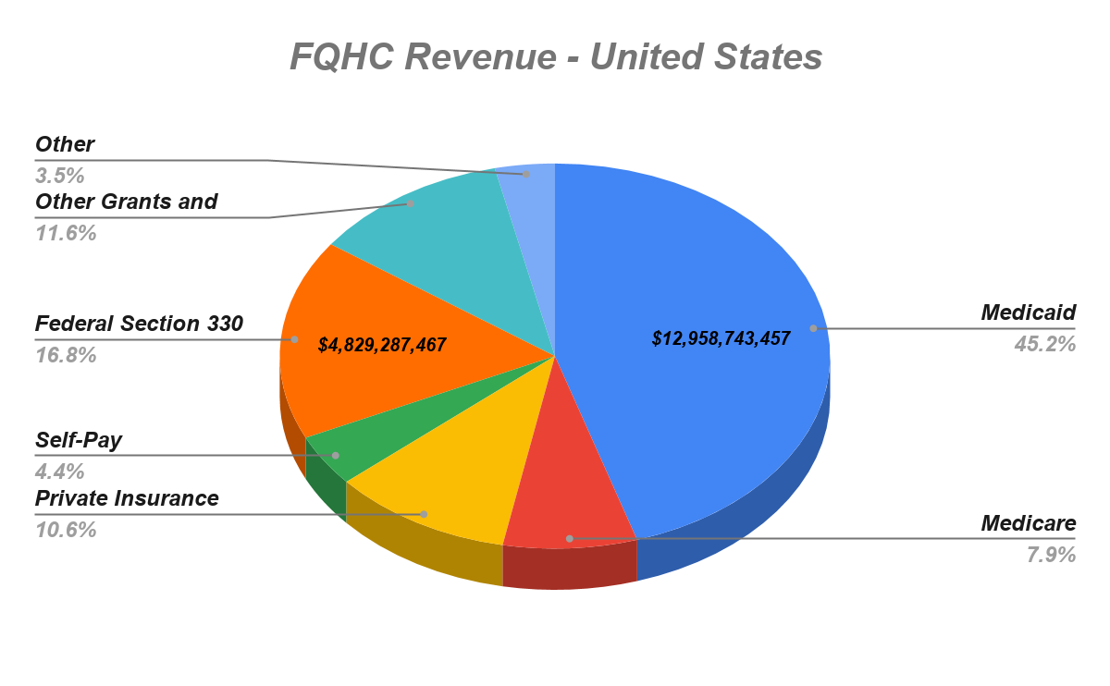With the ever-evolving healthcare setting and exponential developments in health IT, many choices need to be made by hospitals/health systems to provide their patients’ with quality care. Health systems are struggling to manage their clinical, operational and monetary challenges. Most importantly, it is necessary to orchestrate care teams’ workflow movements to be able to demonstrate meaningful use. This is the key to improving patient care and the ability to make better-informed decisions. A lot of providers are already adapting to smarter and new healthcare technologies to shape the future of healthcare.
Factors like sustainability, patient-centricity, care delivery, HIPAA compliance, digital health technology, etc. should be kept in mind before choosing any IT solution. Referral Management Solution is one such solution that is the need of the hour and it has to be chosen with utmost importance. Moving from volume-based to value-based care model will require building a solution to manage higher patient referral volumes, to ensure patients’ receive care within their referral network, track referrals, close referral loops, study dashboards and analytics for meaningful use, etc.
There are a lot of benefits a referral management solution can bring to referring physicians, patients and receiving physicians: that includes, improved operational efficiency, reduced referral leakage, increased referral loop closures, increased revenue and patient satisfaction.
There are several other reasons why a referral management solution is required to manage patient referrals. Hospitals face numerous challenges in their referral process such as operational inefficiency, improper communication among providers, lack of coordination, missed referral loop closures, increased no-show rates, time consumption, etc.
Below are some alarming stats that show the need for a referral solution for hospitals
- 46% of faxed referrals never result in a scheduled appointment.
- 55% of specialist visits are unnecessary.
- There is an annual leaked income of $900k per physician employed.
- 50% of referring physicians do not know whether their patients actually see the specialist.
In addition, hospitals participate in passive referral management:
- Physician informs the patient about the need to see a specialist.
- Referral coordinators may not reach out to the patient to get an update to see if the patient had visited the specialist.
- Follow-up or update from the customer is completed only during the next visit.
Active referral management enables both provider and patient-driven processes to be managed by referral coordinators. It ensures maximum efficiency, finds the right provider for the patient, identifies referral patterns, improves stakeholder communication, reduces referral leakage, decreases lead time, improves completion rates, ensures closure of the referral loop and satisfaction of the patient.
Pitfalls in choosing the right Referral Management Solution:
Even though there are different referral management software with an array of features in the market, it often becomes frustrating to choose the right solution for your hospital. So before zeroing in on the solution, a detailed analysis of your current challenges in the patient referral process has to be carried out. Later mapping to the required features of the solution will be the best choice.
Health Systems need an end-to-end interoperable referral solution to track their patient referrals throughout the process until the referral loop closure. The solution should streamline and enable seamless communication among all stakeholders’ involved in-patient care.
Some of the benefits you can see when using patient referral software are
For the providers:
- Reduce referral leakage and improved operational efficiency
- Seamless communication
- Multi-channel integration
- Manage and track referrals
- Meaningful engagement
- Effective diagnosis and treatment
For the patients:
- Prompt diagnosis
- Save time and money
- Better outcome
HealthViewX Referral Management Solution was created with the potential to solve all the challenges faced by enterprise hospitals in their referral process.
HealthViewX Referral Management Solution helps to send and receive referrals securely and seamlessly, provide quick access to patient data, fix appointments, send notifications and alerts, and share information throughout to ensure closure of referral loop. A 30-minute demo with our team will help you know how effective our solution can track and manage the referral life cycle. To know more schedule a demo with us.











